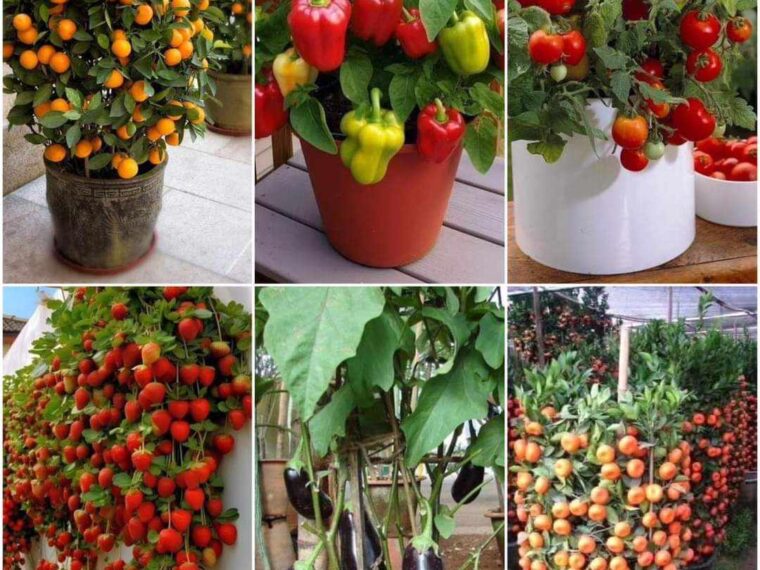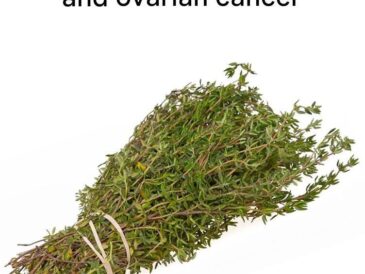Natural harvesting, a practice as old as humanity itself, is experiencing a resurgence as we seek more sustainable and ethical ways to interact with the natural world. It’s a delicate balance between meeting human needs and preserving ecological integrity.
Understanding the Ecosystem
Before embarking on any harvesting endeavor, it’s crucial to develop a deep understanding of the ecosystem. This involves:
- Species identification: Accurate knowledge of plants, animals, and fungi is paramount to avoid harm to non-target species.
- Ecological roles: Understanding the role of each species in the ecosystem helps to minimize impacts.
- Population dynamics: Monitoring population levels of harvested species is essential for sustainable practices.
Harvesting Techniques and Tools
The method of harvesting significantly impacts the environment. Sustainable techniques include:
- Selective harvesting: Choosing only mature or surplus individuals to protect the population.
- Minimal disturbance: Using tools and methods that cause minimal damage to the habitat.
- Regeneration practices: Implementing techniques to promote the recovery of harvested resources.
Tools and equipment should be chosen carefully. Traditional tools often have a smaller environmental footprint than modern alternatives. For instance, using a hand sickle instead of a power saw for harvesting plants can reduce soil erosion and noise pollution.
Wild Edibles: A Case Study
CONTINUE READING IN PAGE 2




